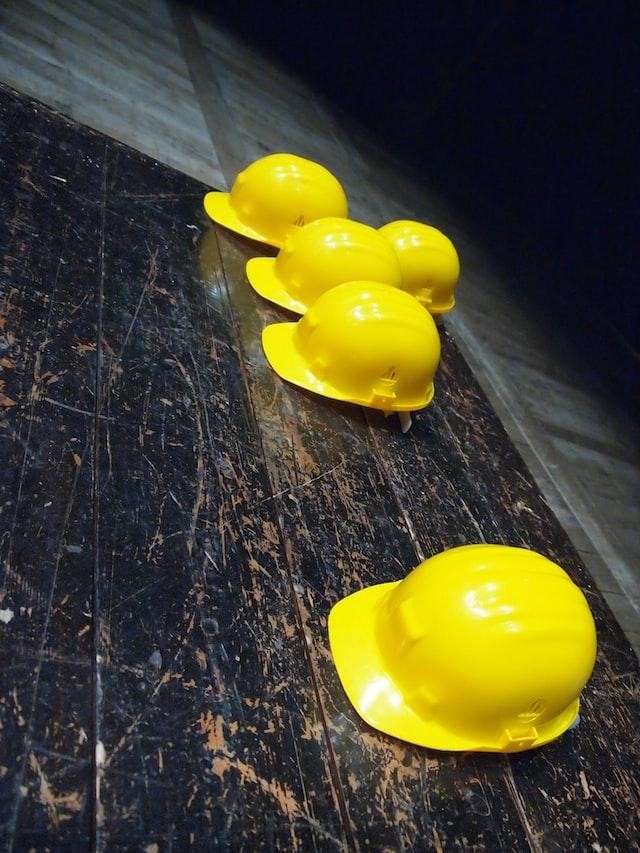Over the past several decades, the residential construction market has seen substantial changes considering the varied technological innovations and modern methods allowing for greater efficiency of builds.

Today’s business landscape and the government strive to break away from traditional construction to increase company productivity and predetermine project completion and delivery. A practical method thus far is off-site home construction, a modern construction technique.
The process starts from the “planning phase working through the manufacture, fabricating and assembling the varied components which will include the flooring, walls, and roof.” These steps occur in an off-site location, not the final destination, so that project completion can be fast, and installation is easy.
Let’s look more closely at the process of off-site residential construction and the benefits associated with the modern method.
What Are the Benefits Of Off Site Home Construction
When building the entire residential property off-site, the suggestion from those in the industry is that the process can be faster, the waste is less, and the noise pollution in the surrounding communities is reduced.
The method is becoming increasingly popular within the industry and for the clients since determining an end date and reaching that determined time is much easier. There are fewer delays and less room for error. Go to https://council.ie/seven-benefits-of-offsite-construction/ to learn the advantages of off-site construction and then consider these benefits.
The efficiency and speed increase with off-site construction
A primary benefit is that off-site residential construction is fast considering on-site requirements like “the need for staggering daily start times, transporting materials, delays due to inclement conditions or unforeseen circumstances on location, and on.
The job is performed the same each time in the off-site environment, meaning it will be seamless with few surprises, the highest standards, and minimal opportunity for errors.
The community has minimal disruption while the home is being built
When homes are built in a neighborhood, there are typically disruptions, including noise pollution, blocked roadways, and an “eyesore” for the community for an extended duration.
The transporting of a home that was built off-site is done once the house is finished bringing it to the site with minimal disruption to the surrounding community, no hazards, and no blocked traffic for months at a time. Read here for details on off-site construction.
The safety on site is questionable compared to that in a factory
Safety comes into question more so when the work is done at the one site location, not only for those performing the work but neighboring residences, particularly kids that wander onto the site after hours.
When the work is done in a factory, no one needs to worry about the average citizen coming onto the job site and getting hurt.
The staff is not required to work at elevated levels putting themselves at risk, nor is there the chance for materials falling from those elevations, especially with the surfaces becoming slick or slippery in adverse weather. Vision can become impaired in such conditions as well.
There is a greater reduction of waste, an environmentally friendly option
Contractors have the capacity to calculate the number of materials required for each project more accurately when working off-site. If there are any remaining when the work is done, these can be used for the next job, or recycled.
The opportunity for error is less likely in the factory setting, disallowing waste. When the waste is reduced, the environment benefits.

The amount of labor is decreased significantly when working in the off-site environment
The indication is that site labor on residential construction can be decreased substantially by using off-site construction compared to on-site builds.
Materials like those for flooring can be precut in the off-site environment, with installation taking place in a straightforward process once delivered by a laborer with minimal construction experience. It’s suggested that training is not as intensive as it would be in the on-site arena.
On-site contractor training is extensive and expensive, but off-site moves away from actually constructing and more toward manufacturing. That means each person can learn their specific role as it pertains to the production.
Final Thought
Many reasons exist why off-site home construction is becoming increasingly popular over its counterpart, on-site construction. A primary reason is the straightforward, quick production capability with the ability to provide a determined deadline and delivery with relative accuracy.
Productivity is possible without disruption to a neighboring community. That means no noise production, storage of materials on-site, hazardous conditions, or the potential for massive waste.
The method is not only used for homes at this point; more businesses are adopting the practice for projects that fall under industrial and commercial categories, from educational facilities to healthcare.
The work is of a higher standard, less cost, and above all else, offers optimum environmental friendliness. A green, clean build makes off-site construction attractive to consumers from every station, homeowner, or business owner.

